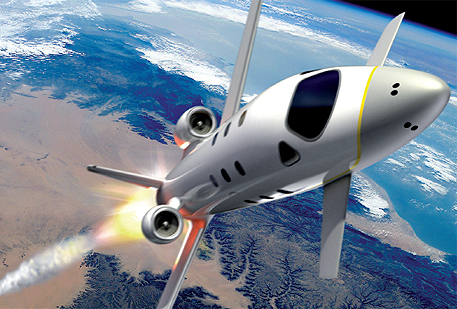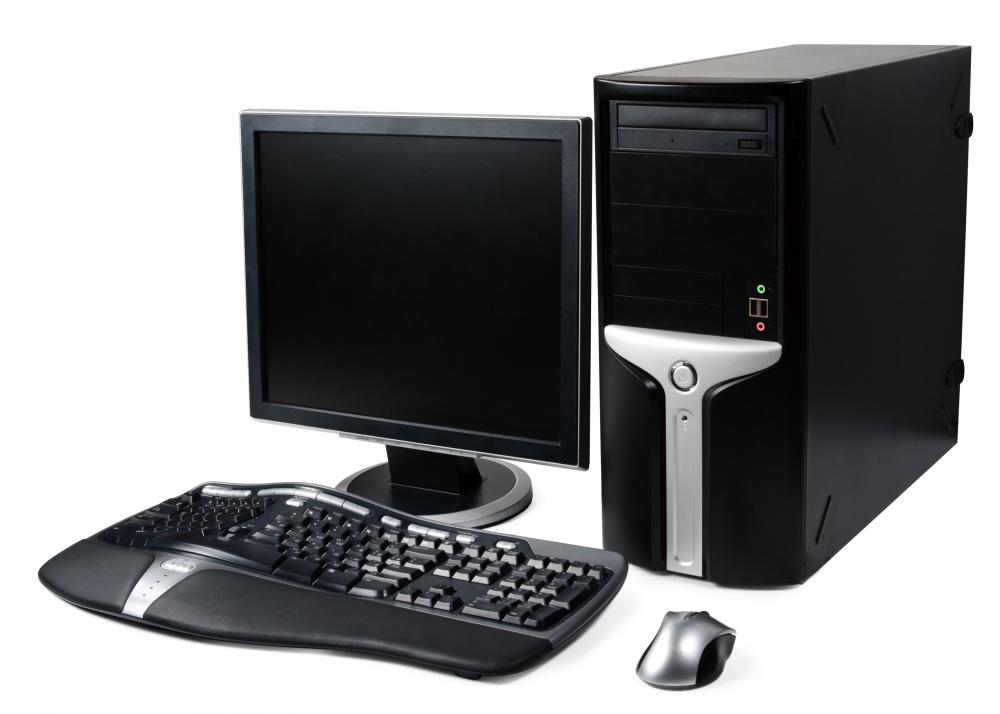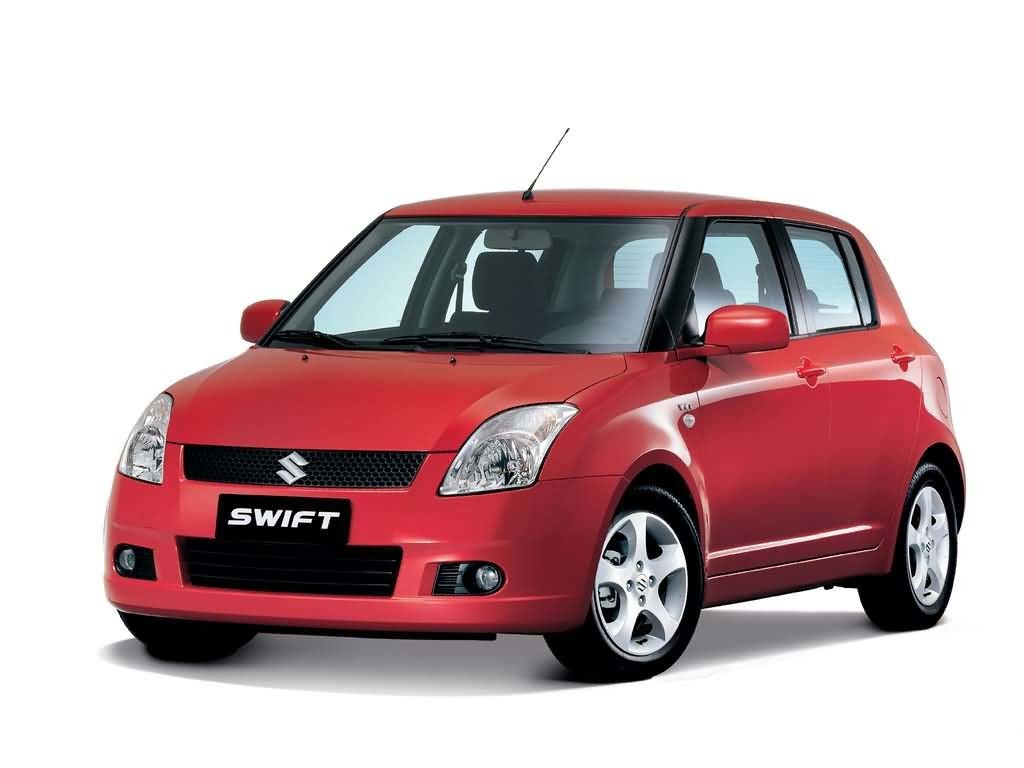For the past century, the field of engineering has been one with the sciences in unearthing the infinite mysteries of the world. Since the beginning of time, humans have witnessed how the infinite discoveries and technological advancements in various fields have radically changed their lives. Even today, the influence of these discoveries is still felt—from the appliances that people use inside their homes to things they see when they get out of their doors. As scientists explore space and human existence, engineers are there to build, design tools and create systems that are necessary to convert knowledge into something tangible and utilizable. Today, the expertise of scientists and engineers continue to be partners in the great quest for understanding the mysteries of existence and making life easy for human beings. Here is a list of the ten greatest discoveries in the field of engineering:
10. Airplane

Photo Source: http://www.myteenagewerewolf.com/home/lauren/public_html/wp-content/uploads/2011/07/Airplane1.jpg
Also known as aeroplane, an airplane is a fixed-wing aircraft that was discovered by the Wright brothers. Airplanes are propelled forward through their propellers and jet engines and come in different sizes and wing configurations. They are used for the transportation of goods and people, in the military, for recreation and research. Though most airplanes are run by a pilot, there are airplanes today that are especially designed to be controlled by computers and remotes. According to history, the first artificial and self-propelled flying device was invented in 400BC by the Greeks. These flying devices deviated from the airplanes of the 18th century which featured fixed wings and separate systems for lift, propulsion and control. Modern airplanes have complex flight control systems and contain main controls that help the pilot in controlling the speed, altitude and direction of the flight.
9. Spacecraft

Photo Source: http://1.bp.blogspot.com/-cw7iNVPZpPg/T8I2btyjGgI/AAAAAAAAAtE/Q187CJAHZf4/s1600/spacetravel.jpg
Usually used to refer to a vehicle, vessel or machine that flies in the outer space, a spacecraft is used for a broad range of purposes, such as for communication, meteorology, navigation, planetary and exploration. This type of vehicle enters the space on a sub-orbital flight and normally gets into closed orbits revolving around the Earth or other celestial bodies. Spacecrafts can be used to carry people as crew or passengers while others use robots either for space probes or to support scientific research. By design, most orbital spacecrafts re enter the earth and get divided into non-winged space capsules or winged space planes. The first artificial satellite that was used to probe space was Sputnik 1 and it was launched by the Soviet Union into an elliptical low Earth orbit.
8. Computer

Photo Source: http://images.wisegeek.com/black-desktop-computer.jpg
A computer is a device that can be programmed to perform different arithmetic and logical operations. This device consists of a processing element called as the central processing unit (CPU) and a memory. Its CPU is the component that executes the arithmetic and logic operations that are inputted in them. The first computers were electronic digital computers that were developed sometime between 1940 and 1945. These computers were about the size of a spacious room and consumed power that went as much as the power consumed by hundreds of modern personal computers today. Most of the computers that are known today are based on integrated circuits and are more than a billion times more capable than the earliest computers. They are small enough to fit mobile devices such as mobile phones and industrial robots. Also, they occupy just a small fraction of the space occupied by the first electronic digital computers.
7. Automobile

Photo Source: http://image.made-in-china.com/2f0j00iCgEBFyIgRrp/Automobile-Motor-Cars-Mini-Car.jpg
An automobile or a car is a wheeled motor vehicle that is primarily used in the transportation of goods and people. It carries its own engine or motor and is designed to run on roads. A typical modern automobile has four wheels and has a seating for about one to eight people. It is estimated that today, the number of automobiles around the world today is about one billion and continues to increase rapidly, particularly in highly populated nations such as China and India. In 1672, the first steam-powered vehicle was designed and built by a man named Ferdinand Verbiest. His discovery was just about 65-cm long car toy that he especially made for the Emperor of China, and it could barely carry a driver or a single passenger. The first full-scale and self propelled automobile was discovered by Nicolas Joseph Cugnot sometime in 1769.
6. Telephone

Photo Source: http://www.writeupp.com/blog/wp-content/uploads/2013/02/phone.jpg
Known as a telecommunications device that allows people from different vicinities and locations to have conversations, a telephone is an engineering discovery that converts human voice into electronic signals that are suitable for transmission via wires and cables over lengthy distances. Telephones allow these electronic signals to become as audible as possible to the user from the other line. Its name was derived from Greek words tele and phone, which mean far and voice, respectively. The first of its kind was invented in 1876 by renowned scientist Alexander Graham Bell, who made a patented telephone device that allowed people to talk directly with each other even when they are separated by large distances. Today, telephones are considered as one of the most valuable discoveries in the field of engineering because they are indispensable to businesses, households and the government.
5. Air Conditioning

Photo Source: http://www.devonrefrigeration.co.uk/img/airconditionin1.jpg
An air conditioner is a major home appliance or mechanism that is especially designed to change the temperature and humidity of a closed area such as a room As its name suggests, it is basically used for cooling and it does this thru a process called refrigeration cycle, though in the cooling of buildings and motor vehicles, the process of evaporation is more common. In the field of construction, air conditioners come as a complete system that can be used for heating, ventilation as well as air conditioning. The concept of air conditioning was first use during the second century, when a Chinese inventor named Ding Huan of the Han Dynasty created a rotary fan to condition the air. This appliance contained seven wheels that were three meters each in diameter. Emperor Xuanzong of the Tang Dynasty, on the other hand, introduced in 747 A.D. water powered fan wheels for air conditioning.
4. Highway

Photo Source: http://corrosionda.com/infrastructure/highway/highway2.jpg
A public road or public way on land, the term highway refers to arterials that are controlled by a state or a provincial agency. The first modern highway systems were developed during the 20th century, along with the rising popularity of automobiles. The first limited access road was built in 1992 in Italy, while the construction of the first autobahn started in 1929 and was opened three years later in Cologne. The discovery of highways is one of the most important discoveries in the field of engineering as they reduce travel times relative to city or town streets as well as increase the chances for the transportation of people and goods. Modern highways are helpful in the reduction of commute and travel time as well as in the creation of new induced traffic demand.
3. Optical Fibre

Photo Source: http://www.fantom-xp.com/wallpapers/29/Optical_Fibre.jpg
Optical fibre is a transparent and flexible fibre that can be made either of glass or plastic. Today, this is known to serve different functions such as a wave guide or a light pipe. The design and application of optical fibres, dubbed as fibre optics, are works of science and engineering. Optical fibres are used these days in fibre optic communications which makes possible the transmission of sounds or signals over long distances through high bandwidths. Optical fibres made of metal wires are also used to carry signal with less loss and to make possible the immunization of electromagnetic interference. They can also be used for illumination to carry images. The principle of fibre optics was first introduced during the 1840s by Daniel Colladon and Jacques Banibet. A man named John Tyndall also demonstrated the first use of optical fibre for public lectures in 1852.
2. Television

Photo Source: http://2.bp.blogspot.com/-13OvYu2EeOQ/UO3o2eVdreI/AAAAAAAAAMU/ck8PQTaSdt4/s1600/old-television.jpg
A television or TV is a telecommunication device that works in the transmission and reception of moving images, whether monochrome or coloured. Its name was derived from Greek words tele and visio, which mean far and sight, respectively. The batch of manufactured televisions became commercially available in the late 1920’s. Since then, they have become common in homes and businesses and are used in advertising, broadcasting and entertainment. The first electromechanical television system was patented in 1884 by a man named Paul Gootlieb Nipkow. This was just about four years after the concept of electrically powered transmission of television images was introduced in America as “telephonoscope.”
1. Internet

A global system of interconnected computer networks, the Internet is a network of networks that is made up of millions of various private and public networks that are linked together through electronic, wireless and optical networking technologies. This carries a broad range of information such as inter-linked hypertext documents. The concept of Internet began in the 1960’s, when research on packet switching was first conducted along with the development of packet switched networks. The term Internet was coined in 1974 to refer to internetworking, which was followed by the introduction of the concept of the Internet Protocol Suite (IPS) in 1982.
